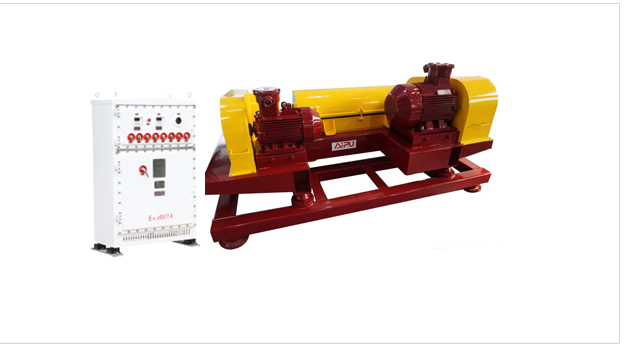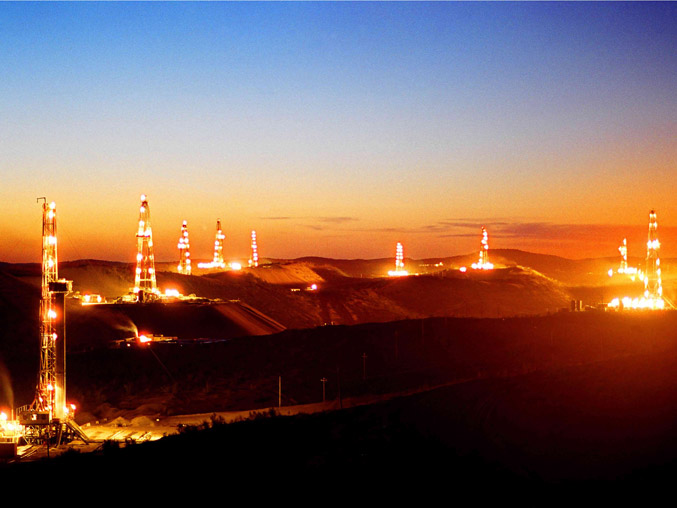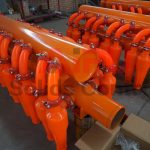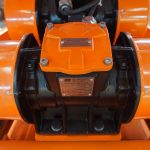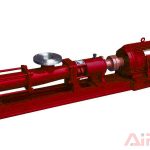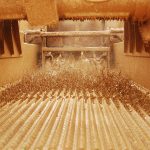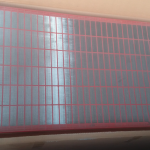The removal of solids in oil muds is different than in a water based mud. Cuttings generated by the bit tend to remain more competent, making the shale shaker a much more efficient solids removal device. At the same time, due to the viscosity of the oil phase, hydrocyclones and centrifuges become less efficient. The waste generated by these devices also contains a high percentage of oil mud which can result in disposal problems.

The problem becomes one of preventing solids build up in the system. It is therefore imperative to maximize the use of solids control equipment to remove as much of the unwanted solids as possible. Drill solids that are not removed by solids control equipment must be diluted. Dilution not only is very expensive, but it creates mud volume control problems.
Oil muds have a very expensive liquid phase. This phase consists of base oil, brine, and surfactants. As we increase the density of oil muds, the cost of the solids phase goes up, but the liquid phase continues to be expensive. This forces us to re-think our usage of equipment. Refer to for an example of oil mud costs vs. density.
In water base muds, the liquid phase is expensive when unweighted. As we weight up, at some density the cost of the barite becomes more expensive that the liquid phase. At higher density, we now concentrate our solids control on barite recovery. This is never the case with oil muds.
Solids
The removal of drill solids is important for the control of any mud system. It is of particular importance in water based fluids because of the magnitude and variety of adverse effects the solids can have on the system. However, in oil based mud systems, solids have historically been only superficially considered. This is primarily the result of the fact that in properly conditioned fluids there are no active drilled solids.
It has become apparent through the use of relaxed filtrate oil based fluids that when rate of penetration is considered, solids have the same detrimental effect in oil based fluids as they do in water based muds. As the solids content increases, the rate of penetration decreases. In addition, if the solids remain in the system, they require treatment with oil wetting agents to maintain fluid properties and stability, thus adding to the expense of the system.
If solids do build up, the standard technique of dumping and diluting is not viable because of the expense involved in dilution and the expense involved with disposal of the waste mud. Treatment of the system to reduce the effects of solids on flow properties is effective to a certain point. Surfactants can be added and the oil-water ratio can be increased to partially offset the effects incorporated solids. Nevertheless, a point will be reached where the colloidal solids content will no longer be affected by surfactants and the oil-water ratio can no longer be effectively increased. When this occurs, the rate of penetration of the fluid will already have been reduced to that of a conventional mud and the control of rheological properties can only be accomplished by dumping mud and diluting with oil.
As Figure 1 indicates, weighted muds have both an expensive liquid and solids phase. We therefore want to save both the liquid phase and the barite. This can be a difficult task.

Figure 2 shows a flow diagram for a low to unweighted oil mud. The desander may be bypassed, or if run, the underflow could be screened. A mud cleaner would be used to remove sand and save mud. A high volume centrifuge would be used to dispose of solids. All solids should be disposed of, including barite, until the cost of barite is greater than the cost of dilution.

When using a weighted oil mud, the flow diagram shown in may be required. The mud cleaner would be run to remove sand and other larger particles. The centrifuge would be run for viscosity control (to remove fine solids).

In Figure 4 it shows a two-stage centrifuge. The flow diagram is applicable to a medium to high weight oil mud. The concept is to use the first centrifuge to recover barite. The centrifuged mud would then be fed to a second centrifuge which would remove and discard fine solids. The “clean” mud would then be put back into the mud system and also be used for dilution of the first centrifuge. It has been found that as long as the “clean” mud weights 9.0 ppg or less, this procedure is economical. At some point in time, whole mud will have to be removed from the system for viscosity control.

Shale shakers and decanting centrifuges are the two primary defenses against solids build up in oil muds. Shakers
remove a large portion of drill solids, as cuttings remain more competent in oil muds. Shale shakers and decanter centrifuges discard the least whole mud with the solids they remove.
